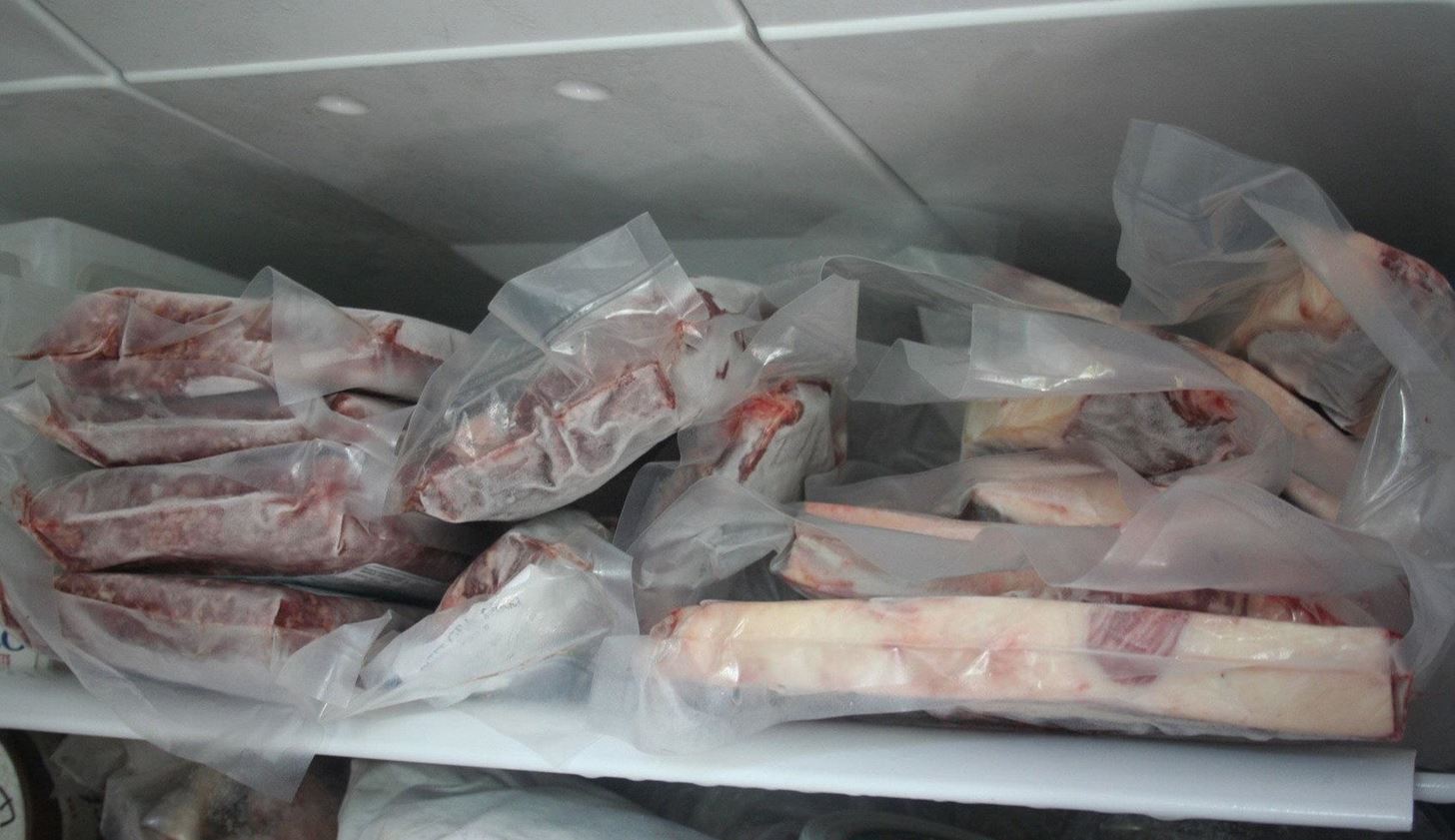

Articles
How To Store Meat In Freezer
Modified: January 5, 2024
Learn how to properly store meat in the freezer with these helpful articles. Find tips and tricks to keep your meat fresh and delicious.
(Many of the links in this article redirect to a specific reviewed product. Your purchase of these products through affiliate links helps to generate commission for Storables.com, at no extra cost. Learn more)
Introduction
Properly storing meat in a freezer is essential to maintain its quality and ensure it remains safe for consumption. Whether you’re freezing raw meat to be cooked at a later time or storing cooked meat for future use, following the right techniques and guidelines can help preserve the flavor, texture, and nutritional value of the meat.
Proper packaging and sealing are crucial steps in storing meat in a freezer. The packaging material you choose, the removal of excess air, and the tightness of the seal can make a significant difference in maintaining the meat’s quality during freezing. Additionally, organizing frozen meat and following recommended storage times will help prevent spoilage or freezer burn.
In this article, we will explore the step-by-step methods for storing both raw and cooked meat in a freezer. We will also discuss various thawing techniques and offer tips for organizing frozen meat to maximize efficiency and minimize wastage. Furthermore, we will highlight important safety precautions and guidelines to ensure that the frozen meat remains safe for consumption.
By following the techniques and guidelines provided in this article, you can confidently store meat in your freezer and enjoy delicious and safe meals whenever you desire.
Key Takeaways:
- Proper packaging and sealing are crucial for maintaining the quality and freshness of frozen meat. Choose the right packaging material, remove excess air, and ensure a secure seal to prevent freezer burn and spoilage.
- Thaw frozen meat safely by using the refrigerator, cold water, or microwave methods. Follow proper food safety measures to maintain the quality and safety of the meat during the thawing process.
Read more: How To Store Beef In Freezer
Proper Packaging and Sealing
When it comes to storing meat in a freezer, proper packaging and sealing are vital to maintain its quality and prevent freezer burn. Here are the key steps to ensure you package and seal your meat correctly:
Selecting the Right Packaging Material
Choosing the right packaging material is crucial for preserving the meat’s taste and texture. It’s recommended to use freezer-safe, airtight packaging materials, such as freezer bags or heavy-duty aluminum foil. These materials provide a barrier against moisture and air, preventing the meat from drying out or developing freezer burn.
Additionally, consider using vacuum-sealed bags or a vacuum sealer machine, as they effectively remove excess air and maintain the meat’s freshness and flavor for a longer period.
Removing Excess Air
Before sealing the packaging, make sure to remove as much air as possible. Excess air can lead to freezer burn and deterioration of the meat. One method is to use freezer bags and gently press out the air before sealing. For vacuum-sealed bags, follow the manufacturer’s instructions for removing air using a vacuum sealer machine.
An alternative method is to double-wrap the meat using plastic wrap and then place it in a freezer bag. This extra layer helps to reduce the potential for air exposure.
Securely Sealing the Packaging
Ensure a secure seal on your meat packaging to prevent air and moisture from entering. For freezer bags, use the zipper lock or press-and-seal closure to create a tight seal. Make sure the bag is completely sealed with no gaps or openings. If using aluminum foil, fold the edges tightly to create a secure seal.
If you are using a vacuum sealer, carefully follow the machine’s instructions to ensure a proper and airtight seal. Check that the seal is intact before placing the meat in the freezer.
By selecting the right packaging material, removing excess air, and securely sealing the packaging, you can maintain the quality and freshness of your meat while it is stored in the freezer.
Read more: How To Store Chicken In Freezer
Freezing Fresh Meat
When it comes to freezing fresh meat, proper preparation and storage techniques are crucial to retain its flavor and quality. Here are the essential steps for freezing raw meat:
Wrapping Raw Meat
Before freezing, it is important to wrap the raw meat properly to prevent freezer burn and maintain its moisture. Start by placing the meat in a freezer-safe bag or wrapping it tightly with a layer of plastic wrap. This initial layer helps to protect the meat from air exposure.
Next, place the wrapped meat in a second layer of protection, such as a freezer bag or aluminum foil. Ensure that all sides of the meat are covered and that there are no gaps or openings. This double-layered wrapping adds an extra level of insulation, helping to preserve the meat’s quality during freezing.
Labeling and Dating
Properly labeling and dating your frozen meat packages is essential for easy identification and maintaining freshness. Use a permanent marker to write the name of the meat and the date of freezing on the packaging. This information will help you keep track of the storage time and ensure that you use the oldest meat first to minimize waste.
Additionally, include any specific details you may want to remember, such as the cut of meat or the intended recipe, for future reference. Clear labeling will avoid confusion and make it easier to locate specific items in your freezer.
Placing Meat in Freezer
Once the raw meat is properly wrapped and labeled, it’s time to place it in the freezer. Ensure that your freezer is set to the appropriate temperature for freezing meat, which is typically 0°F (-18°C) or below.
To maximize space and maintain organization, place the meat flat in a single layer at the bottom of the freezer. Avoid overcrowding or stacking the meat as this may prevent even freezing and could lead to potential freezer burn.
If you have multiple packages, arrange them in a systematic manner, leaving some space between each package for proper air circulation. This will help the meat freeze quickly and maintain its quality over time.
By following these steps for freezing fresh meat, you can ensure that the meat remains safe, flavorful, and ready to use whenever you need it.
Read more: How To Store Fish In Freezer
Freezing Cooked Meat
If you have leftover cooked meat or you’ve prepared a large batch in advance, freezing it can be a convenient way to preserve it for later use. Here are the steps to freeze cooked meat safely:
Cooling Cooked Meat
Before freezing cooked meat, it’s essential to cool it down properly to prevent bacterial growth. Allow the cooked meat to cool at room temperature for about 30 minutes. Then, transfer it to the refrigerator and let it cool completely. This process helps minimize the time that the meat spends in the temperature danger zone, which is between 40°F (4°C) and 140°F (60°C).
Avoid placing hot cooked meat directly into the freezer, as this can raise the temperature inside the freezer and affect the quality of other frozen items.
Packaging Cooked Meat for Freezing
Once the cooked meat has cooled, package it in freezer-safe containers or bags. Choose containers that are airtight and can withstand freezing temperatures without cracking or breaking. Freezer bags and rigid plastic or glass containers with tight-fitting lids are good options.
Place the cooked meat into the container, leaving some headspace for expansion during freezing. Remove any excess air from bags by gently squeezing out as much as possible before sealing. For containers, ensure the lids are securely attached to create an airtight seal.
Freezing Cooked Meat Safely
Once packaged, label the containers or bags with the name of the meat and the date of freezing for easy identification. It’s also helpful to include portion size or any specific details you may want to remember, such as seasoning or sauce used.
Place the packaged cooked meat in the freezer, ensuring that it is stored in a single layer and not stacked on top of other items. This allows for quick and even freezing. Once frozen, you can rearrange the cooked meat in the freezer to optimize space and organization.
It’s important to note that cooked meat can be safely stored in the freezer for 2 to 6 months, depending on the type of meat and its initial quality. Be sure to consume the cooked meat within this recommended timeframe for best quality and taste.
By following these steps for freezing cooked meat, you can extend its shelf life, reduce food waste, and have a convenient source of precooked meals for busy days.
Read more: How To Store Meat In The Freezer
Thawing Frozen Meat
Thawing frozen meat properly is essential to maintain its quality and safety. Here are three common methods for thawing frozen meat:
Thawing in the Refrigerator
Thawing frozen meat in the refrigerator is the safest method as it allows for a gradual thawing process while keeping the meat at a safe temperature. Here’s how to do it:
1. Remove the frozen meat from the freezer and place it in a shallow dish or on a plate to catch any potential drips.
2. Place the dish with the meat in the refrigerator, making sure it is not in direct contact with other foods to prevent cross-contamination.
3. Allow the meat to thaw in the refrigerator for several hours or overnight, depending on its size and thickness. A general rule of thumb is to allow 24 hours of thawing time per 5 pounds of meat.
4. Once the meat is completely thawed, it is ready for cooking or further preparation.
Thawing in Cold Water
If you need to thaw frozen meat more quickly, you can use the cold water method. This method is faster than thawing in the refrigerator but requires more attention to food safety. Follow these steps:
1. Ensure the frozen meat is in a leak-proof plastic bag to prevent water from permeating the packaging and compromising its quality.
2. Fill a clean sink or a large bowl with cold water. Submerge the meat in the water, ensuring it is fully covered.
3. Change the water every 30 minutes to maintain a cold temperature. This helps to speed up the thawing process and ensures the water remains at a safe temperature.
4. Allow approximately 30 minutes of thawing time per pound of meat. Larger cuts may require a longer thawing time.
5. Once the meat is fully thawed, cook it immediately to prevent bacterial growth.
Thawing in the Microwave
Thawing frozen meat in the microwave is a quick method, but it requires extra caution to avoid uneven thawing or partial cooking. Follow these guidelines:
1. Check the meat’s packaging to ensure it is microwave-safe. If the packaging contains metal or foil, transfer the meat to a microwave-safe container or remove the packaging entirely.
2. Place the frozen meat on a microwave-safe plate and use the defrost function or lower power setting. Follow the manufacturer’s instructions for defrosting meat in your specific microwave model.
3. Pause the microwave periodically to check the meat’s progress and turn it over for more even thawing. This helps prevent partial cooking or overheating in certain spots.
4. Once the meat is thawed, cook it immediately to ensure it reaches a safe temperature and kill any potential bacteria.
Remember, never leave thawed meat at room temperature for an extended period to avoid the risk of bacterial growth. Use the thawed meat promptly or store it in the refrigerator if you need more time before cooking.
By using these thawing methods correctly and practicing proper food safety measures, you can safely thaw frozen meat and enjoy it in your favorite recipes.
Read more: How To Store Steak In Freezer
Tips for Organizing Frozen Meat
Organizing your frozen meat not only helps you find what you need quickly but also ensures that the meat stays in the best condition for as long as possible. Here are some tips for organizing your frozen meat:
Creating a System
Having a systematic approach to organizing your frozen meat will make it easier to locate specific cuts or types of meat when you need them. Consider implementing a labeling or color-coding system to differentiate between different types of meat or different categories, such as beef, poultry, and seafood. This simple system will streamline the process of finding what you need in a crowded freezer.
Arranging Meat by Type or Date
Organizing your frozen meat by type or date can help you rotate your stock and ensure that you use the oldest meat first. Sort different types of meat into separate sections or shelves, making it easier to find what you’re looking for. Additionally, arrange the meat within each category by its use-by or freeze-by date, placing the older packages in front of the newer ones. This way, you can minimize food waste and ensure that you use the meat before it exceeds its recommended storage time.
Using Proper Containers or Bags
Choosing the right containers or bags for storing your frozen meat is important for maintaining its quality and protecting against freezer burn. Freezer-safe plastic bags, vacuum-sealed bags, or airtight containers with secure lids are ideal choices. These options provide a barrier against moisture and air, keeping the meat fresh and preventing any unwanted flavors from seeping in.
When using bags, squeeze out as much air as possible before sealing them to minimize the risk of freezer burn. If using containers, ensure the lids fit tightly and that there are no gaps or openings.
Properly labeling your containers or bags with the meat type and date of freezing is also essential for efficient organization. Use a permanent marker or adhesive labels to clearly identify the contents and date of freezing. This practice helps you use the oldest meat first and avoids any confusion when planning your meals.
By implementing these tips for organizing frozen meat, you can maintain order in your freezer, easily locate what you need, and ensure that the meat stays in the best condition for longer periods.
Read more: How To Store Salmon In Freezer
Safety Precautions and Guidelines
When it comes to storing meat in the freezer, it is important to follow safety precautions to ensure the meat stays safe for consumption. Here are some guidelines to keep in mind:
Recommended Storage Times
Each type of meat has a recommended storage time in the freezer. It is crucial to adhere to these guidelines to maintain the quality and safety of the meat. Here are some general guidelines for recommended storage times:
- Ground meat: 3-4 months
- Steaks and roasts: 6-12 months
- Poultry: 9-12 months
- Seafood: 6-9 months
These are just general guidelines, and it is always best to check specific recommendations for the type of meat you are freezing. Properly labeling your packages with the date of freezing can help you keep track of how long each item has been in the freezer.
Avoiding Freezer Burn
Freezer burn occurs when moisture evaporates from the meat’s surface, causing it to become dry and develop an off-flavor. To avoid freezer burn, follow these tips:
- Ensure packaging is airtight and free from any holes or gaps.
- Remove excess air from freezer bags before sealing them.
- Avoid partial thawing and refreezing, as this can contribute to moisture loss.
- Package meat in portion sizes that you are likely to use, reducing the need for repeated thawing and refreezing.
Checking for Spoilage
Regularly checking your frozen meat for signs of spoilage is important to ensure its safety and quality. Here are some indicators that the meat may have spoiled:
- Off-putting odor: If you detect a foul or off smell when you open the package, it may indicate spoilage.
- Unusual texture or appearance: Discoloration, excessive ice crystals, or a slimy texture are indications that the meat has deteriorated.
- Signs of freezer burn: If you notice dry, discolored patches on the meat’s surface, it may have experienced freezer burn.
If you have any doubts about the quality or safety of the meat, it is best to err on the side of caution and discard it.
By following these safety precautions and guidelines, you can ensure that the meat stored in your freezer remains safe for consumption and of high quality.
Read more: How To Store Cooked Chicken In Freezer
Conclusion
Properly storing meat in the freezer is essential for maintaining its quality, flavor, and safety. By following the recommended techniques and guidelines outlined in this article, you can ensure that your frozen meat remains delicious and safe for consumption.
Start by properly packaging and sealing the meat using freezer-safe materials. Removing excess air and securely sealing the packaging will help prevent freezer burn and maintain the meat’s freshness. Take the time to label and date the packages, allowing for easy organization and tracking of storage times.
<
Frequently Asked Questions about How To Store Meat In Freezer
Was this page helpful?
At Storables.com, we guarantee accurate and reliable information. Our content, validated by Expert Board Contributors, is crafted following stringent Editorial Policies. We're committed to providing you with well-researched, expert-backed insights for all your informational needs.
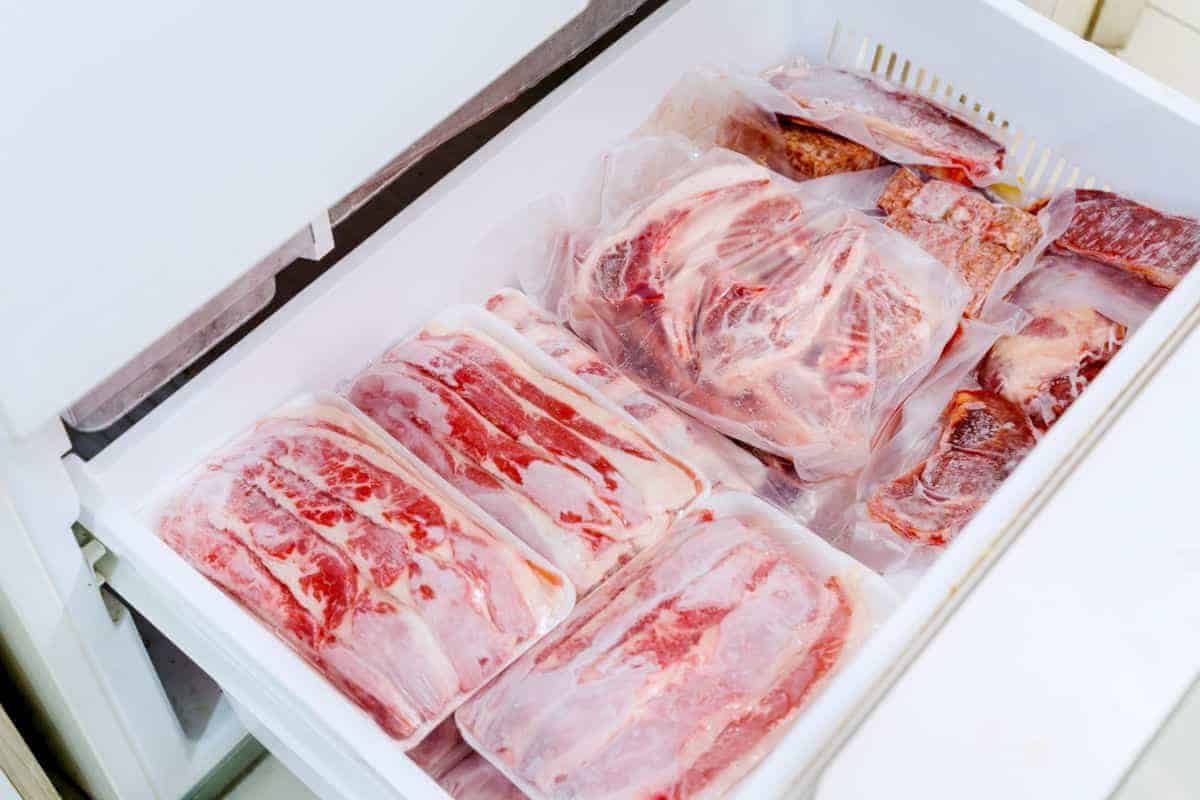
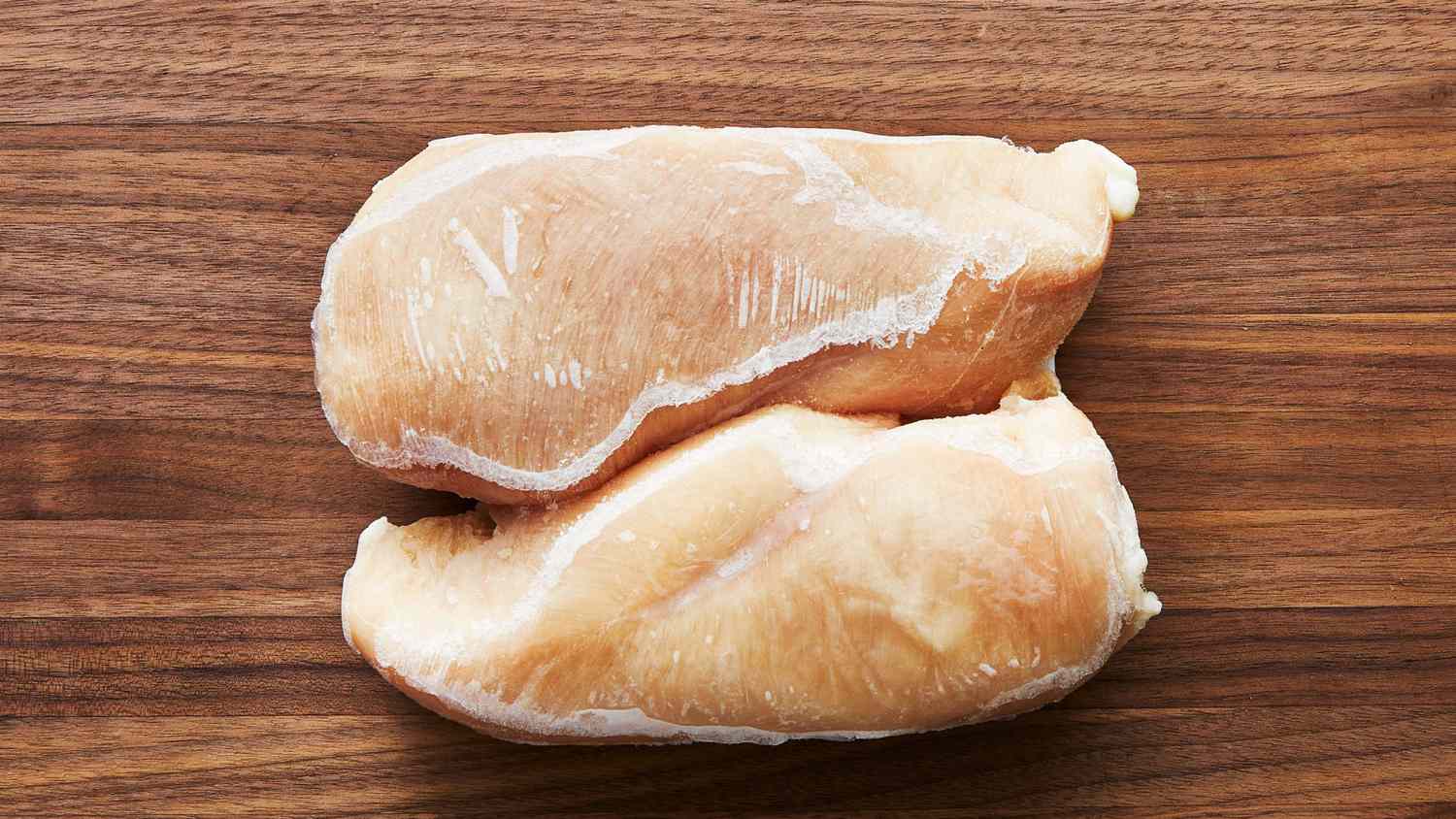
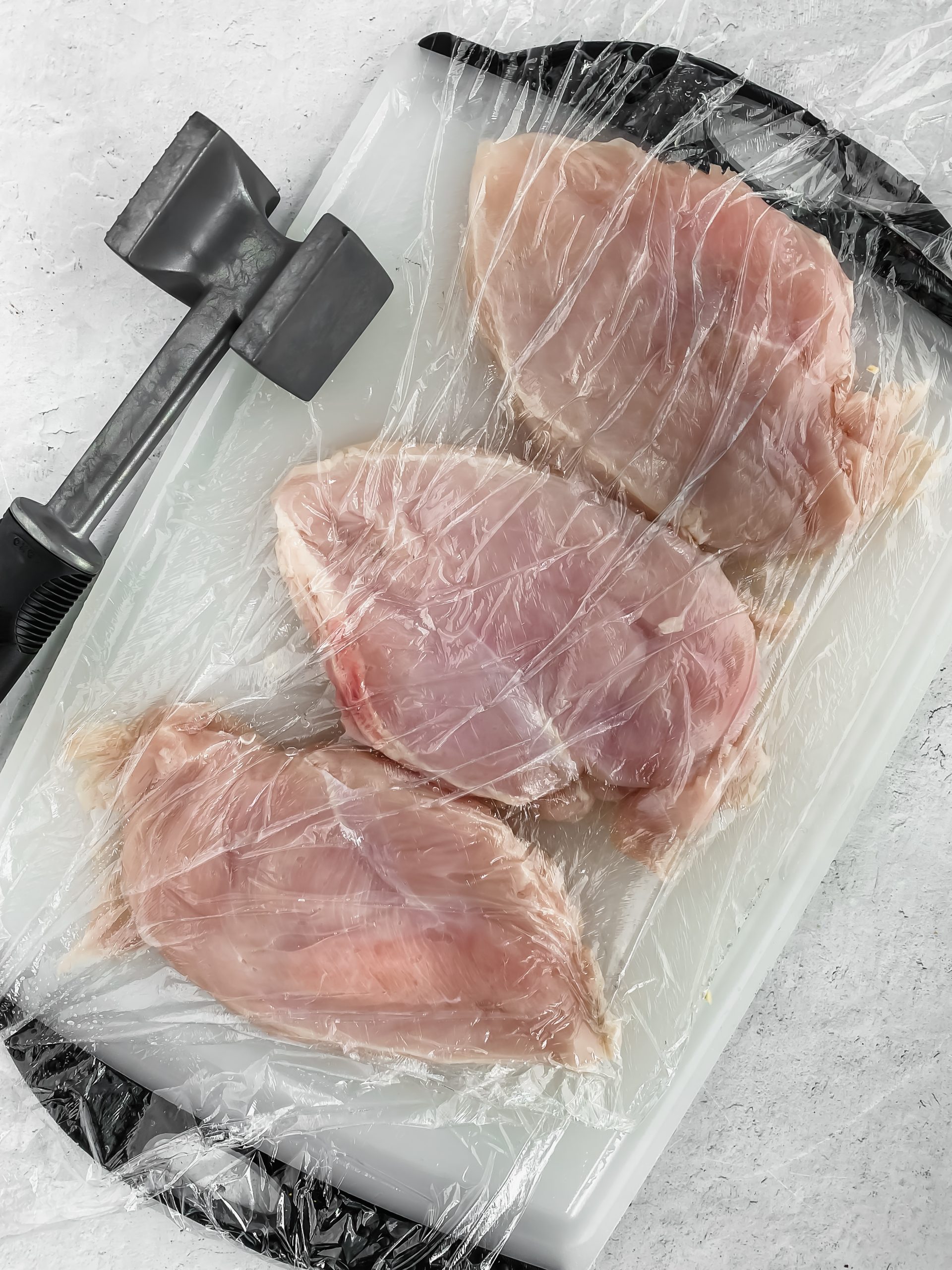
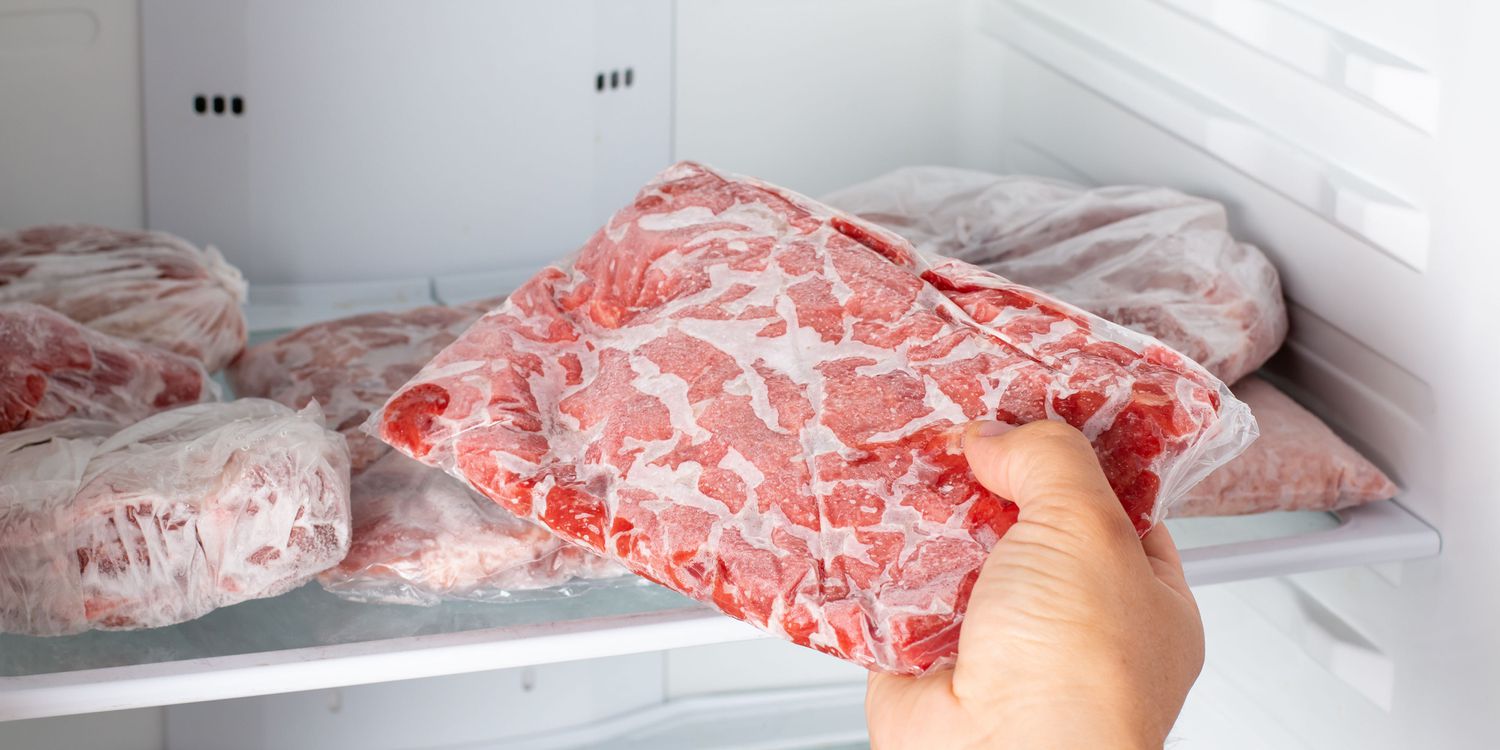
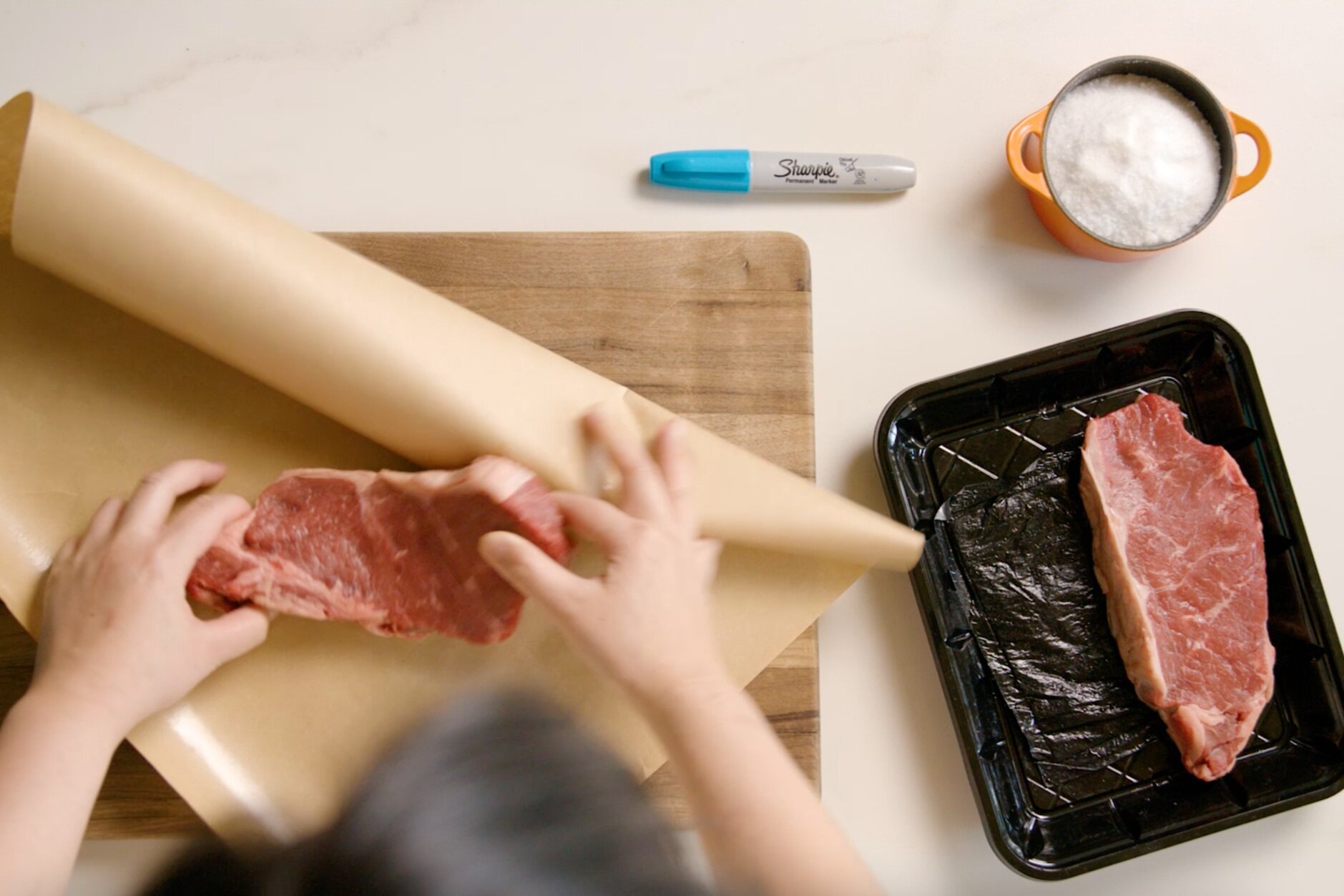

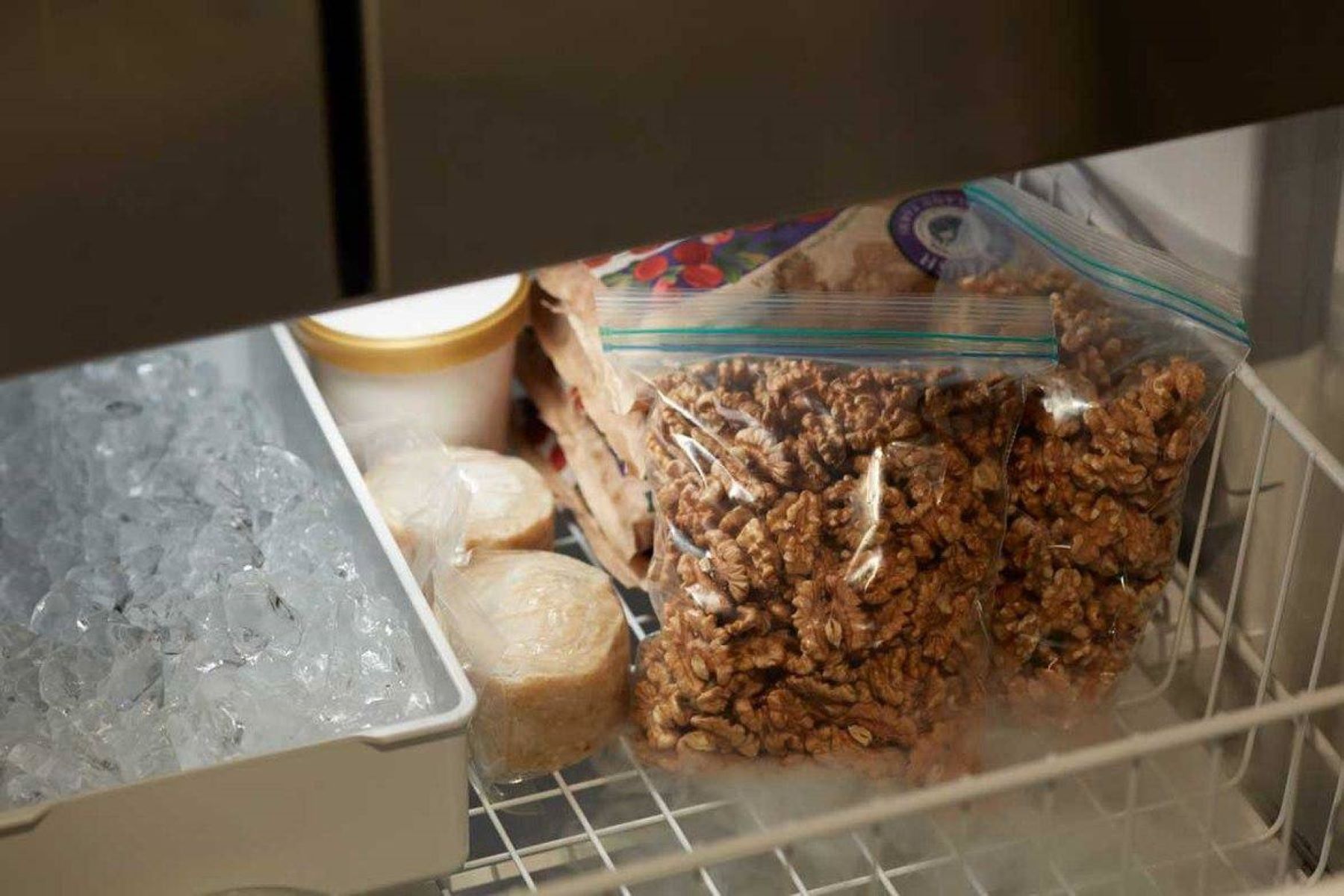



0 thoughts on “How To Store Meat In Freezer”